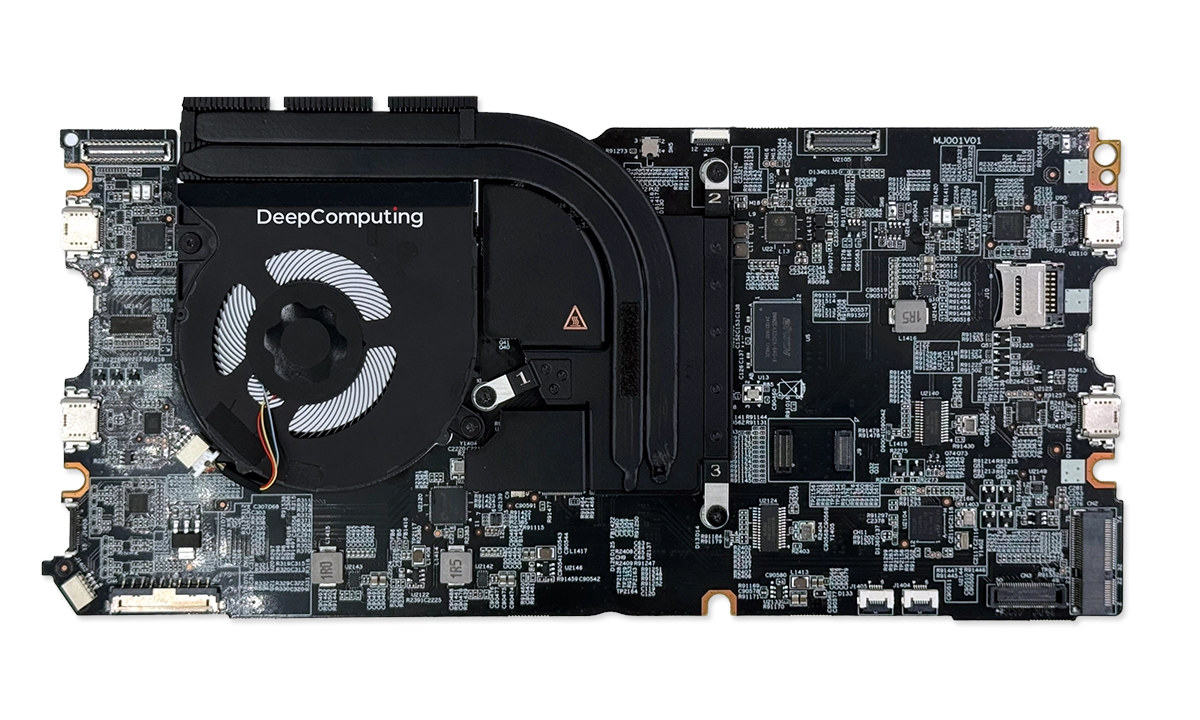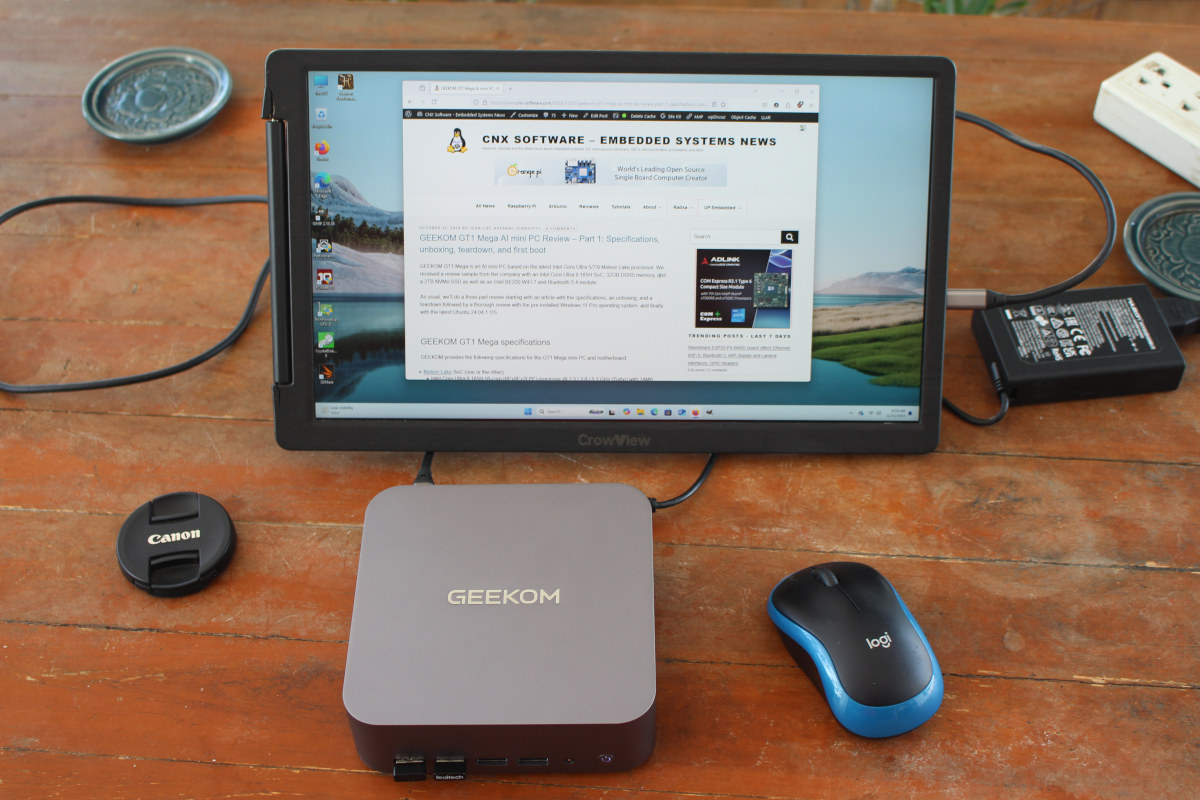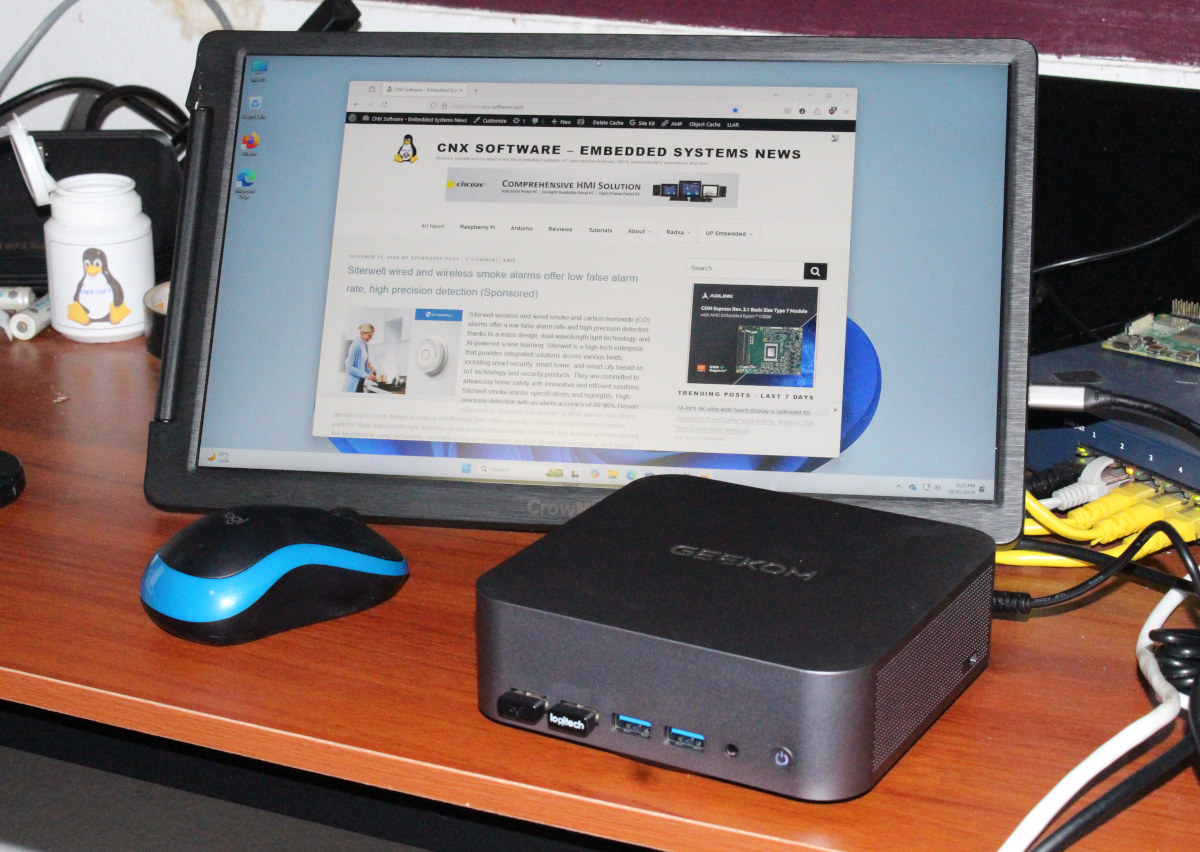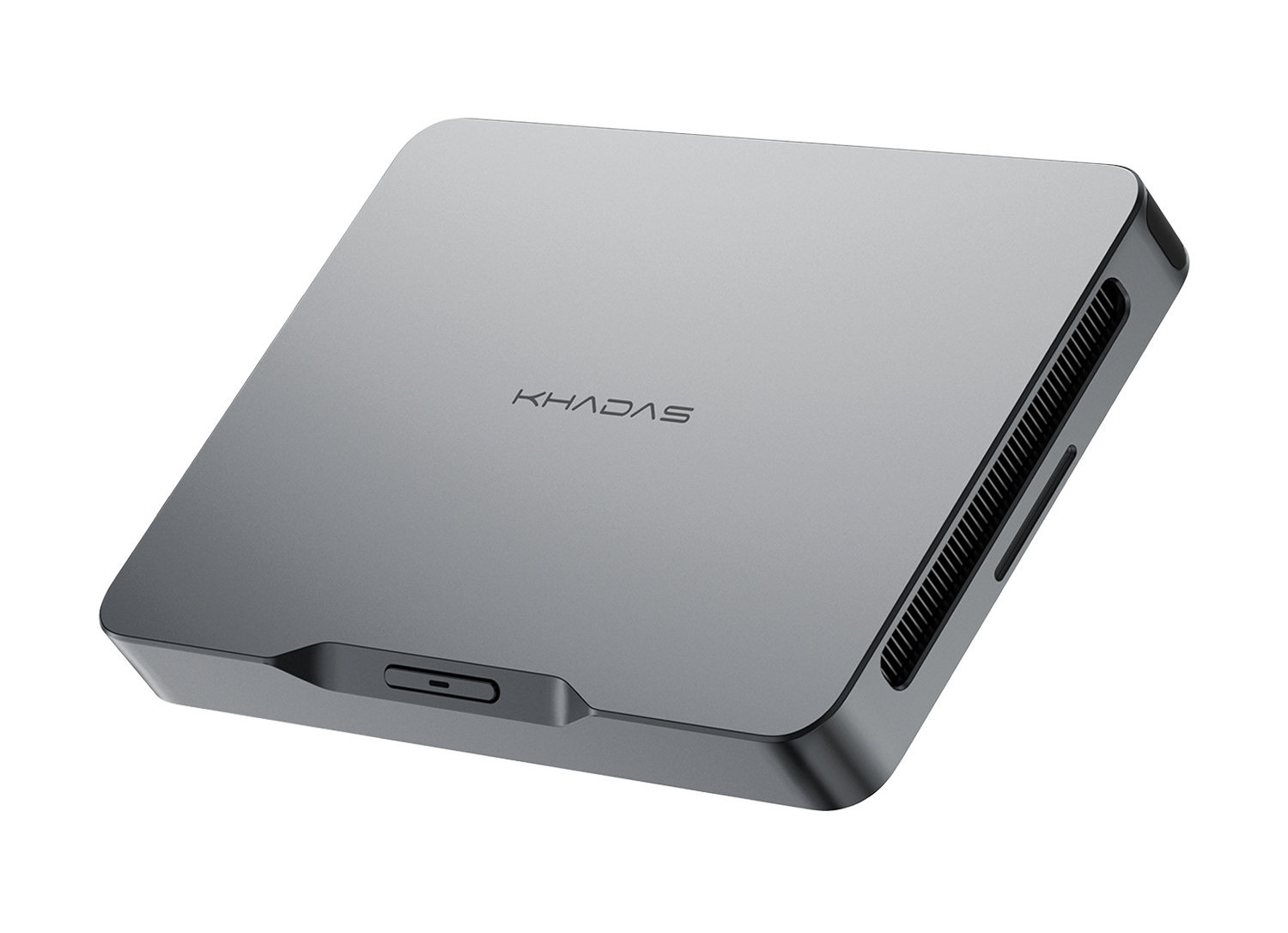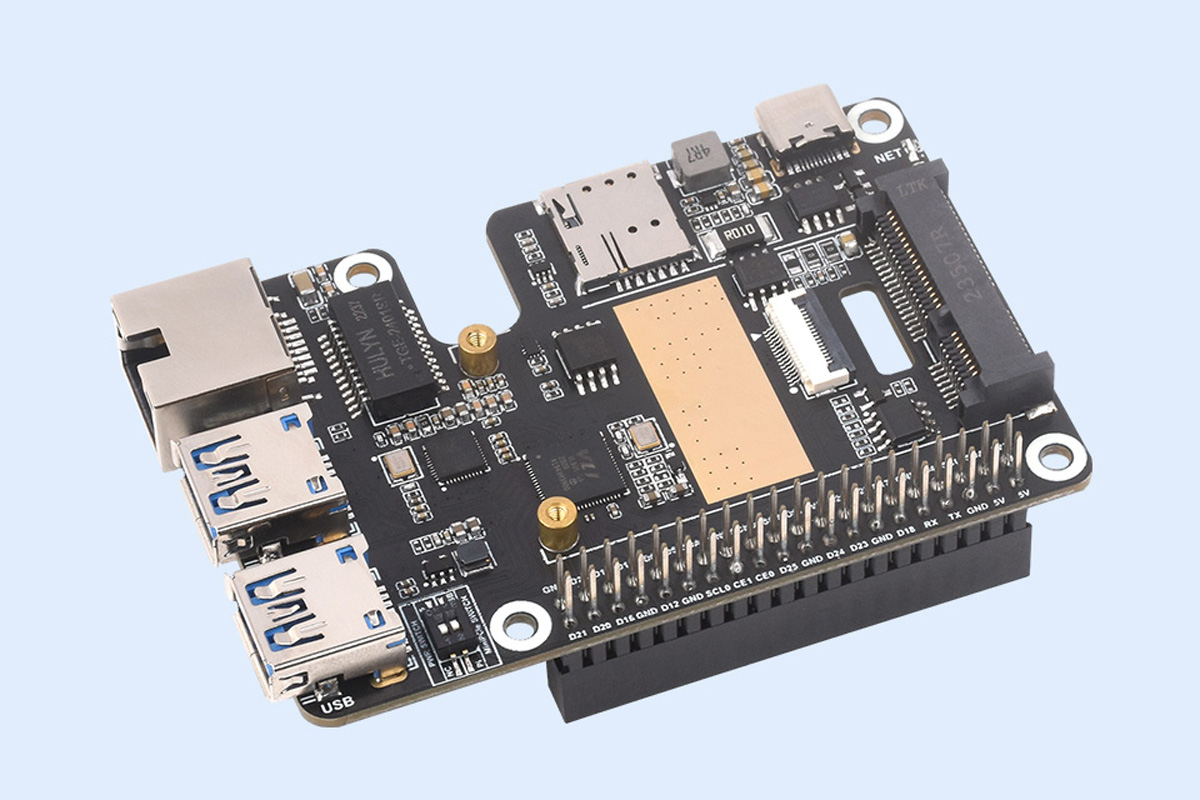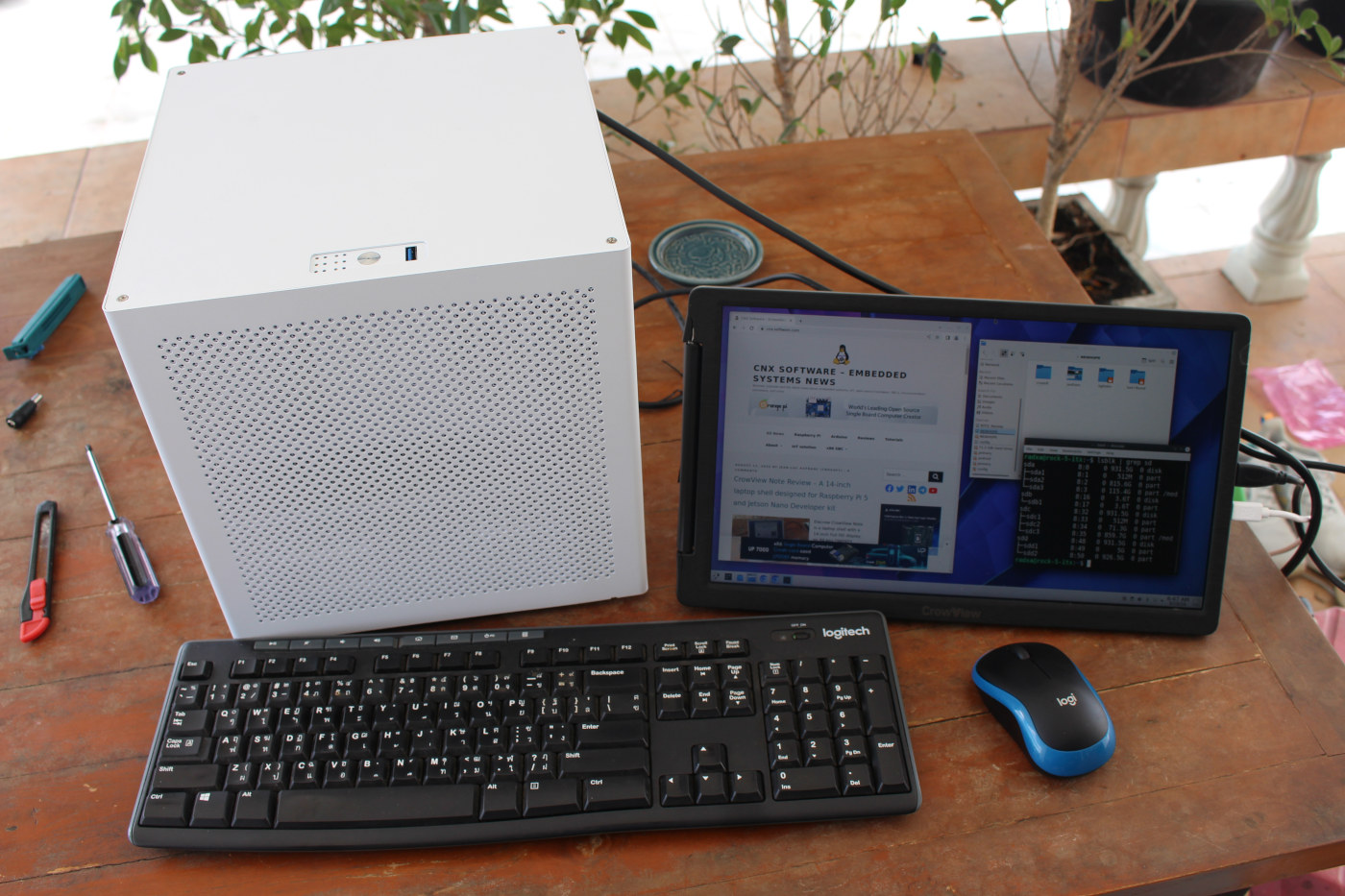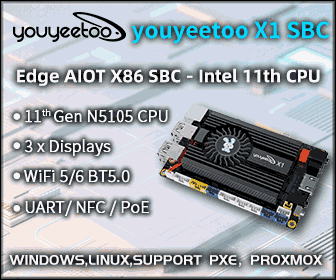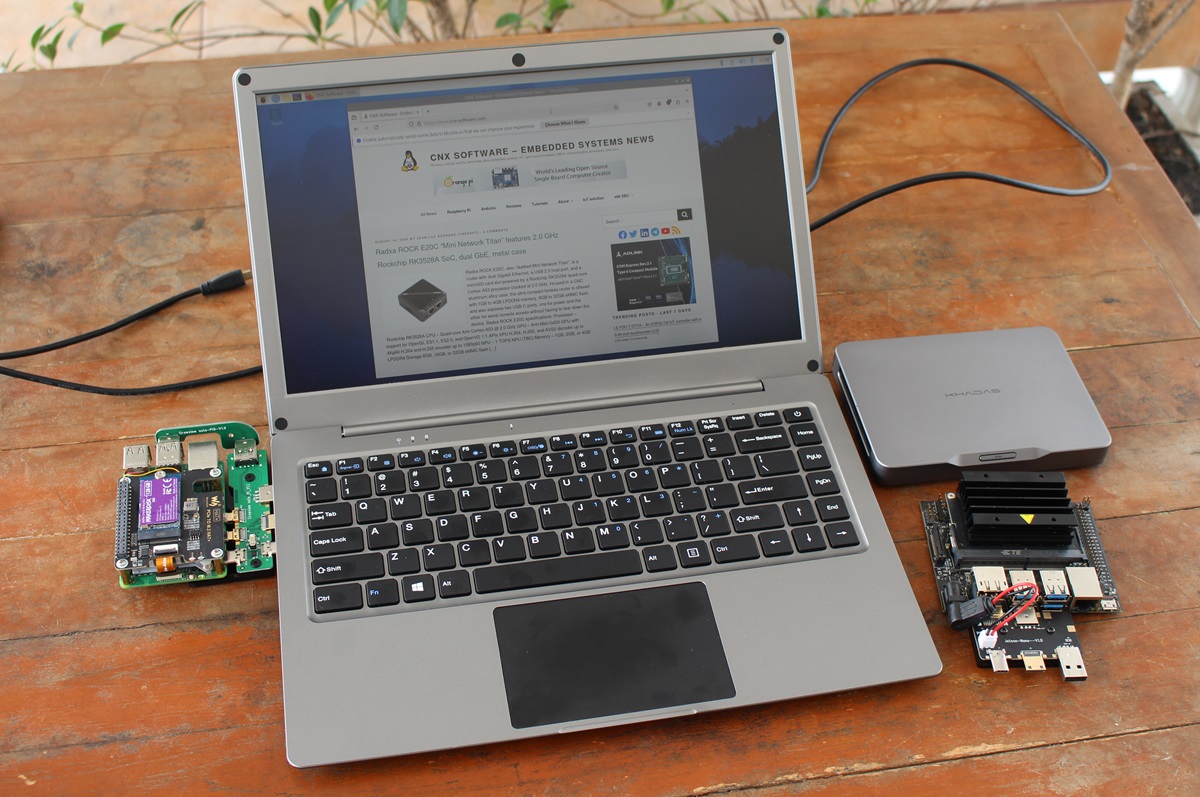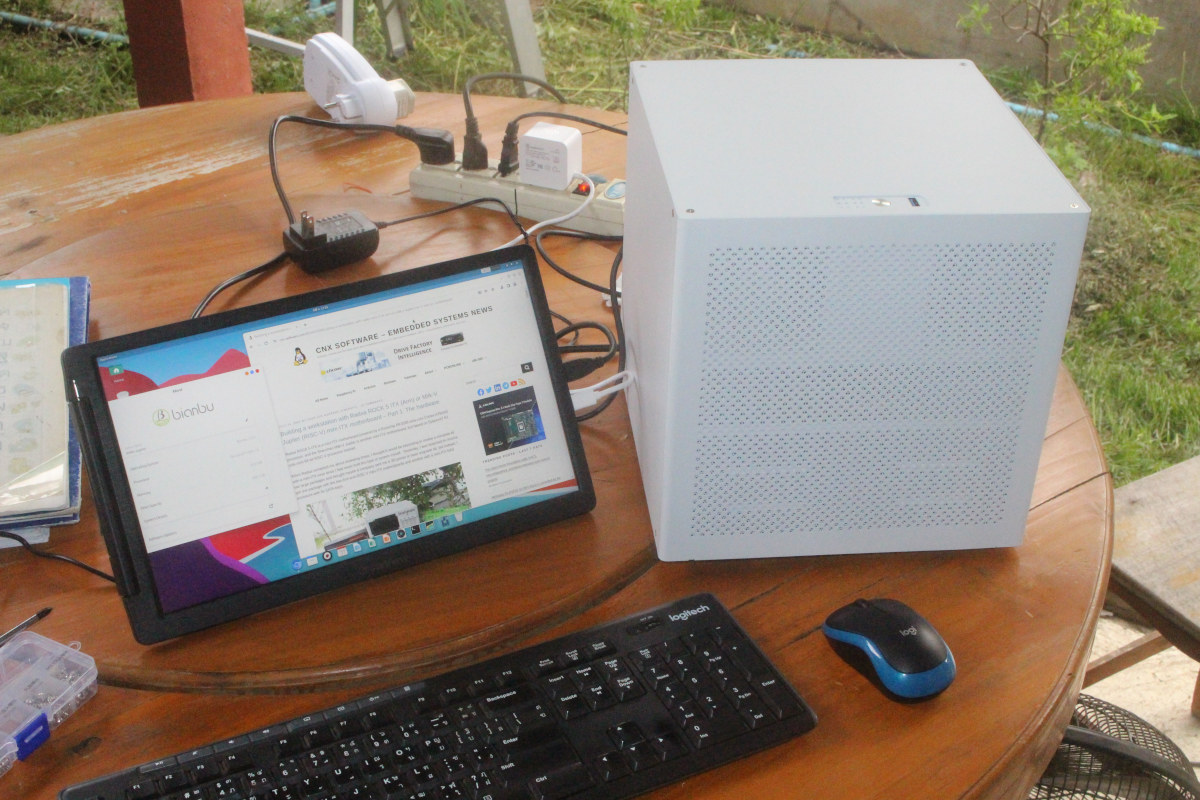DC-ROMA RISC-V Mainboard is designed for the Framework Laptop 13 modular laptop
DeepComputing’s DC-ROMA RISC-V Mainboard is designed for the modular Framework Laptop 13 and powered by a StarFive JH7110 quad-core RISC-V processor running either Ubuntu 24.04 Desktop or Fedora 41 Linux distribution. The Framework Laptop 13 was initially offered with Intel Core i5-1135G7, Core i7-1165G7, or Core i7-1185G7 processor, but the advantage of a modular laptop is that you can replace components, and that’s exactly what the “DC-ROMA RISC-V Mainboard” does by allowing users/developers to do by switching to a less powerful RISC-V processor for software development. Framework Laptop 13 specifications with DC-ROMA RISC-V Mainboard: SoC – StarFive JH7110 CPU Quad-core 64-bit RISC-V SiFive U74 (RV64GC) processor @ up to 1.5 GHz with 32KB D-Cache, 32KB I-cache Single-core 64-bit RISC-V SiFive S7 (RV64IMAC) monitor core with 16KB I-cache, 8KB DTIM Single-core 32-bit RISC-V SiFive E24 (RV32IMFC) real-time control core with 16KB I-cache Up to 2MB L2 cache GPU – Imagination BXE-4-32 […]


